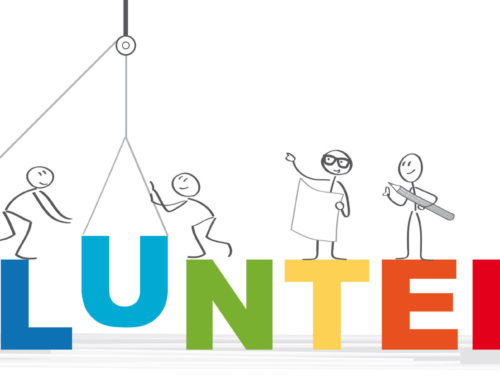Bicycling tourism contributes $83 billion annually to the GDP.
Over the last few years, many states have seen a significant decrease in tourism due to the pandemic. While many indoor events have been cancelled due to increased transmission risk, the impact has also been felt with outdoor events especially cycling. A seemingly independent sporting event has been shut down due to crowd risks and lack of public interest. However, the cycling community is crying out for events to come back and many cities have decided it is not worth their time. This notion is the exact opposite of what economical studies have shown.

Economic Impact
Since the cycling boom in the early 2000’s, many cities have hired local economists, universities and government agencies to investigate the economic impact of cycling events. On average, most local economies show a 50 percent increase in tourism during the cycling event weekend, with customers spending an average of $200-$400 per day in the local area on dining and housing accommodations. A study conducted by the Outdoor Industry Association in 2017, showed that cyclists spent approximately $83 billion on bicycle tourism (cycling trip related expenses) and generated approximately $97 billion in retail spending (1). In Ohio, where Orbital Racing, LLC resides, cycling in 2020 contributed $45 million dollars of the $10 billion in revenue from outdoor recreation. However, in 2020, there were only 6 bicycle racing events reported by USA Cycling in the state of Ohio, yet revenue from the cycling community was significantly higher than previous years. This data shows that as the cycling community continues to grow, there is high potential to bring economic boosts to local areas.
Spending

Along with spending money on dining and housing, cyclist also need bicycle maintenance. Leading up to race weekend, local bike shops see a significant increase in bicycle maintenance and accessory purchases. Bicycle maintenance services typically range from around $50 to $200. Additionally, many cyclists need to be fitted to their bikes and before racing, it is a critical time to do so. Bike fittings can range from $100 to $1,000 depending on the level of fitting and expertise. And for those serious racers, each racing season brings the opportunity to purchase a new bike or upgraded accessories such as aero wheels to help improve their race performance and progress in their USA Cycling category.
Sponsored race teams typically have a strong relationship and partnership with their local bike shop. The bike shop will help sponsor the team and provide discounts on bikes, parts, and merchandise. A local race scene bolsters the ability for teams to grow and obtain additional sponsorships and increase their budget. This, in-turn, leads to increased local spending as professionals and cycling enthusiasts alike turn to their local bike shops for bike purchases. Typical race quality bikes range anywhere from $2,100 to $10,000+ depending on frame material, component specifications, and brand. A healthy bike racing community also encourages participants to continuously upgrade and maintain their bikes. The additional revenue associated with a strong cycling community and event specific revenue bolsters local small businesses and brings more tax revenue to the city.
Community
In many cities around this country, community has lost its true meaning. Community is defined as “a group of people living in the same area or a group of people sharing common attitudes, interests, and goals.” (2) Cycling creates a unique community because it unites people of all ages, races, and socioeconomic background under one common passion – riding a bike fast! When cycling you are all going in one direction, as a group, and though you may be fighting for a better position in the peloton, it is all for the love of riding. Have you ever noticed that when you are walking down the street or on a path, that cyclists wave to each other? There is an innate sense of community with cyclists.
This sense of community is also felt during cycling races. Groups of people gathering to cheer on their rider or to simply enjoy the sport fosters a community. Many riders after races will find out that they live near each other and share contact info to go riding together. Others will join local riding groups that they never knew existed in their community. Spectators will talk to each other, find out their children go to the same school or that they have many more common interests. As the annual bicycle races continue, children who have watched every year will soon become riders in the races, creating the next generation of cyclists that will carry on the community and sport.
Cities Should Endorse Bike Racing
Some city officials may think that bicycle racing isn’t worth the effort, however, estimates have shown that well executed cycling events can provide a return on investment of up to 200 percent for a city (3). The return on investment is for one racing weekend and can increase annually as the event grows. Therefore, cities should be endorsing bicycle racing and provide opportunities for cyclists to boost the local economy.
Cycling is a way of life, not just something you do. Providing, endorsing, and participating in local cycling events provides a boost to the local economy and fosters community. So, let’s race!
For more information on supporting local races, contact Orbital Racing, LLC at info@orbitalcycleracing.com.

References:
(1) https://www.adventurecycling.org/advocacy/building-bike-tourism/economic-impact/
(2) https://www.merriam-webster.com/dictionary/community
(3) https://www.gazettextra.com/news/government/sources-bike-races-cost-about-30-000-generated-about-100-000-of-economic-impact/article_1d7a7968-9aa7-5e1a-a4cd-0ff392427fe9.html

